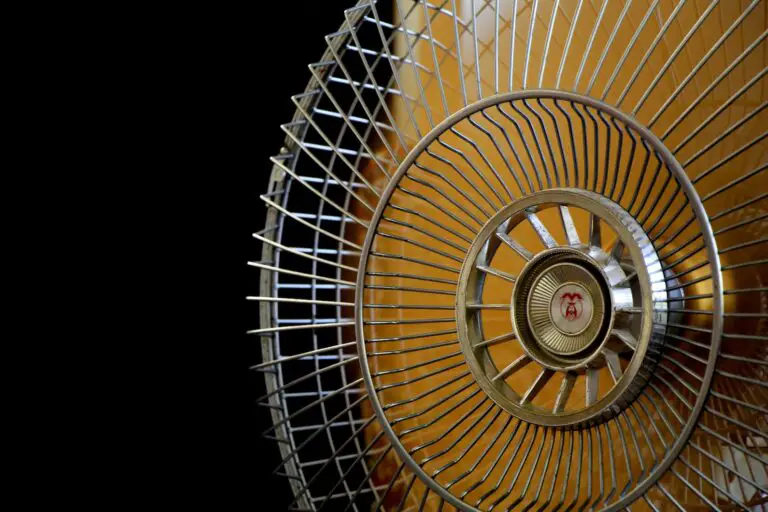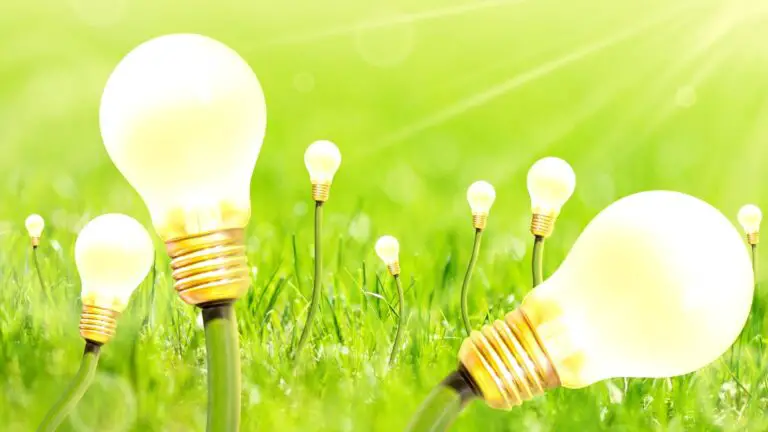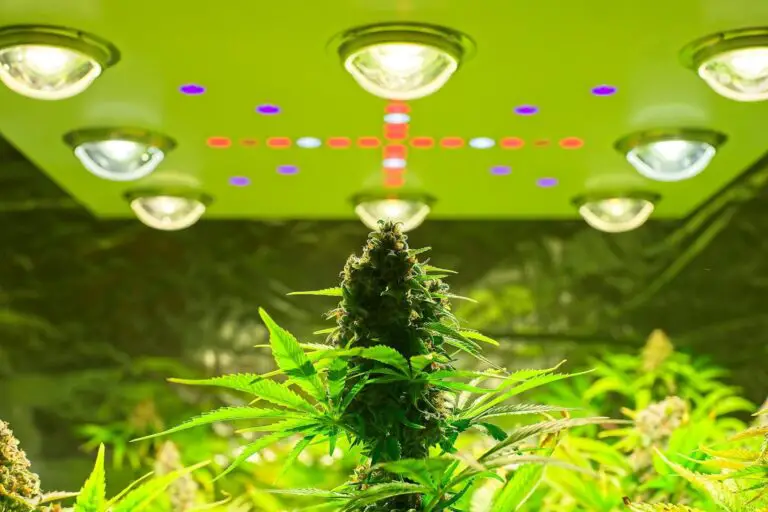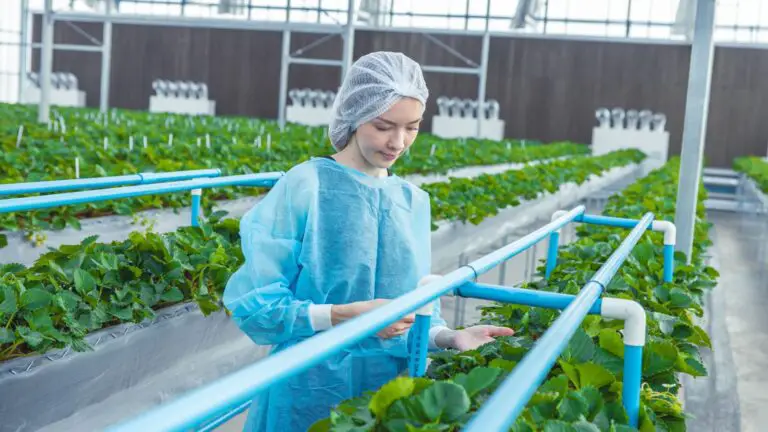The Top 11 Things to Know Before Buying a Grow Light
Disclosure: Your purchases through our links may earn us a small commission, supporting our site’s ability to provide valuable information to our readers. Rest assured, it won’t impact your price. Thank you for your support.
Do you want to purchase a grow light for your hydroponic garden? If that’s the case, you should consider a few things before buying. Whether you’re new to hydroponics or simply searching for an improvement, keep reading for some helpful information! This blog article will discuss the top eleven things to consider when purchasing a grow light.
When it comes to grow light, there are 11 things to keep in mind. They are listed below:
- The type of grow light.
- The size and coverage area of the grow light.
- The wattage of the grow light.
- The intensity of the grow light.
- The color and spectrum of the grow light.
- The heat output of the grow light and temperature.
- The price of the grow light.
- The warranty of the grow light.
- How many lights.
- How long should the light be on.
- The customer service of the grow light company.
Let’s discuss the above 12 things one by one and how to consider them when buying a grow light.
1. The type of grow light.
The most common types of grow lights are fluorescent, HID (high-intensity discharge), and LED (light-emitting diode). Each type has its advantages and disadvantages.
Fluorescent grow lights are the most inexpensive option. However, they are not as efficient as other types of grow lights and don’t provide as much light intensity.
HID grow lights are more expensive than fluorescent grow lights but are also more efficient. They emit a lot of heat, so proper ventilation is important.
LED grow lights are the most costly option but also the most energy-efficient and long-lasting option. They emit little heat, making them ideal for small grow spaces.
Related:
Best Plants to Grow Under a Grow Light in Hydroponics
Cheap Grow Lights Alternatives Used in Indoor Hydroponics
2. The size and coverage area of the grow light.
When choosing a grow light, it’s important to consider the size of the grow light and the coverage area. The size of the grow light refers to the dimensions of the light itself, while the coverage area refers to the amount of space the light can illuminate.
When choosing a grow light, choose one that is the appropriate size for your grow space. You don’t need a large grow light if you have a small grow space. Likewise, you’ll need a grow light with a larger coverage area if you have a large grow space.
For example, a small grow light with less coverage area would be sufficient if you grow one or two plants. However, if you are growing many plants, you will need a larger grow light with a broader coverage area.
It’s also important to consider the shape of your grow space when choosing a grow light. You’ll need a grow light with a square coverage area if you have a square grow space. You’ll need a grow light with a rectangular coverage area if you have a rectangular grow space.
Grow lights come in many different sizes and shapes, so it’s important to choose one that is the right size and shape for your grow space.
3. The wattage of the grow light.
It’s important to choose a grow light with the appropriate wattage for your grow space. The wattage of the grow light refers to the amount of power the grow light consumes.
If you have a small grow space, you don’t need a grow light with a high wattage. Likewise, if you have a large grow space, you’ll need a grow light with a higher wattage. The higher the wattage, the more powerful grow light and the more expensive it will be.
Related: How to Use Your Hydroponic Grow Lights More Energy Efficient
4. The intensity of the grow light.
When it comes to grow lights, one of the most important factors to consider is the intensity of the light.
Light intensity is a measure of light density. It is measured in lux or lumens per square meter. The more lumens, the brighter the light. You’ll want to ensure the light is bright enough to grow your plants but not so bright that it scorches them.
The intensity of the grow light you choose will depend on the type of plants you are growing and the stage of growth they are in.
For example, if you are growing seedlings, you will need a grow light with low intensity. If you are growing plants in the flowering stage, you will need a grow light with high intensity.
As per resources, for low-maintenance plants, 2000 lumens per square foot of growing space should be enough. If you’re germinating vegetable seeds, you’ll need around 5000 lumens per square foot.
Related: How Far Should Grow Lights Be From Plants That Are Growing Indoor
5. The color and spectrum of the grow light.
Grow lights also come in various spectrums or the range of colors they produce.
The most common spectrums are the full-spectrum and white spectrum. Full-spectrum grow lights emit all wavelengths of light, which is beneficial for plant growth. White spectrum grow lights emit only some wavelengths of light, which can be less effective for plant growth.
Also, Different colors of light help plants grow in different ways. For example, blue light helps promote leaf growth, while red light helps flowers and fruits grow.
When choosing a grow light, it’s important to decide what kind of plants you want to grow and what color of light the plant need.
6. The heat output of the grow light and temperature.
When it comes to grow light temperature, you’ll want to find one that is cool to the touch. This will ensure that you’re not putting your plants at risk for heat damage.
Grow lights that emit a lot of heat can harm your plants and require proper ventilation. Grow lights that emit less heat are more expensive but will be safer for your plants.
Related:
Does Grow Light Temperature Matter?
What Is the Ideal Distance for a Grow Light to Be Away from Indoor Plants
7. The price of the grow light.
Grow lights can range in price from $20 to $1000. It is important to choose a grow light that is within your budget. However, it is also important to remember to choose effective grow lights that are durable.
8. The warranty of the grow light.
The warranty of the grow light is also an important consideration. Grow lights with a warranty are more expensive but will be covered if anything goes wrong. Grow lights without a warranty are less expensive, but you will have to pay for repairs or replacements if anything goes wrong.
9. How many lights.
You need to determine how many grow lights you need for your grow room. This will depend on the size of your grow room, the type of plants you are growing and the plant growth stage.
10. How long should the light be on.
Check the grow light’s instructions to see how long it should be on. The amount of time the grow light should depend on the grow light and the plant. Some grow lights need to be on for 12 hours a day, while others only need to be on for 6 hours a day.
11. The customer service of the grow light company.
The customer service of the grow light company is also an important consideration. Grow light companies with good customer service will be able to help you if you have any problems with your grow light.
Final Thought
Grow lights can be an important part of successful indoor gardening, help you grow healthy plants and beneficial in many ways. Each grow light is different and will have its own set of features. It’s important to research and find the grow light that best suits your needs. Also, learn more on how to increase yield using grow light.
With so many options on the market, it can be overwhelming to figure out which one is right for you. However, if you keep the above considerations in mind, you’ll be able to find the perfect grow light for your plants and choose the best grow light for your needs and budget.
Thanks for reading!
Related:
How to Overcome the Drawbacks of Grow Lights
How to Choose the Right Grow Light for Hydroponic Plants?
How to Properly Dispose of a Grow Light Used for Hydroponics?
VIVOSUN LED Grow Light (1200W) For Indoor Plants: Simplified Review




